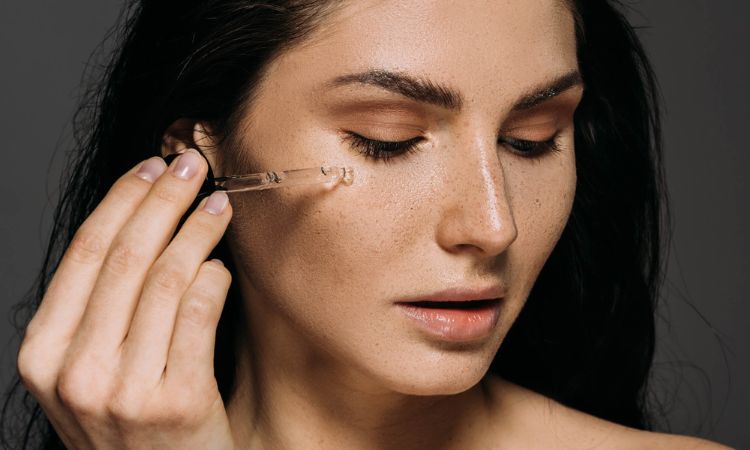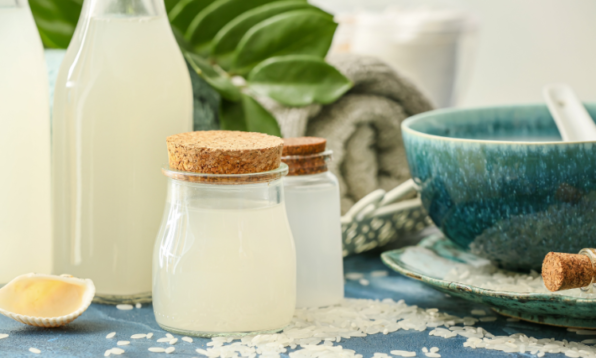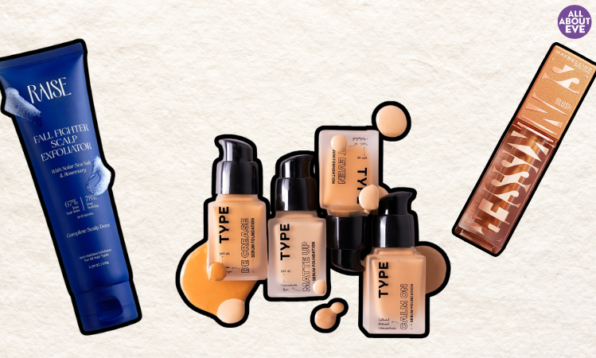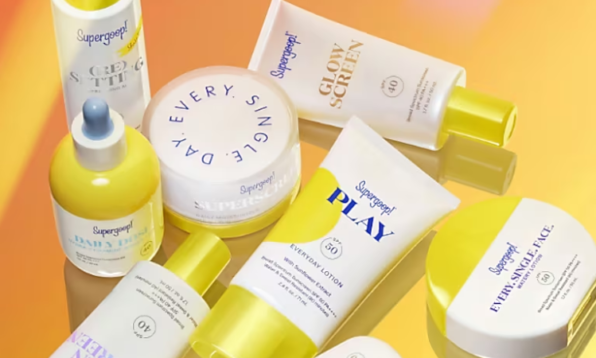If you’re a newbie to the world of skincare acids, choosing the right ones for yourself can be quite confusing. There are plenty of acids that work for different skin concerns, but where does one begin? Shopping online or in stores and reading labels to find the right products is intimidating AF! So, here’s an easy guide on skincare acids that will help you pick what works best for your skin. Bookmark it for the next time you go shopping!
Related: These Skincare Ingredients Make The Worst Couples, So Break Them Up
What are facial acids?
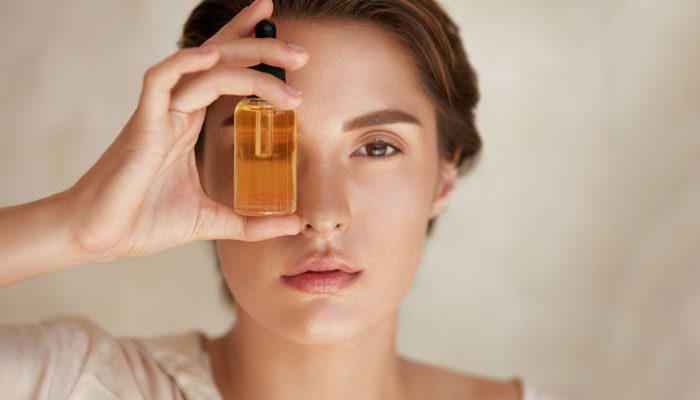
Facial acids, or skincare acids, are active ingredients that are used for skin exfoliation. They deal with a variety of skincare concerns and remove the layer of dead skin cells, giving way to a smooth, bright surface beneath. Acids address skin concerns like acne, pigmentation, texture, fine lines, signs of ageing, clogged pores, and more. You can pick the skincare acids based on your concerns and depending on the strength of each acid. They tend to show results over time, so be patient and start incorporating them into your routine at an early age.
What are the different types of skincare acids?
Now that you’re aware of what these acids do for your skin, it is time to break them down. Mainly, skincare acids can be divided into two groups — AHAs and BHAs. AHAs are alpha hydroxy acids that are water soluble formulas and work on the surface of the skin. These acids address skin concerns like fine lines, texture, and dullness, and they exfoliate the outer layer of the skin. AHAs are also the most common skincare acids and they leave the skin looking more radiant, smooth, and even-toned.
BHAs, on the other hand, are beta hydroxy acids that go deeper into the layers of your skin and prevent problems like acne. They penetrate into the pores and cleanse the oil and dead skin from within. So, when you’re looking for a little deep cleansing, BHAs are what you need in your routine.
The most common skincare acids
Most of the acids fall into the category of AHAs or BHAs, depending on what skincare concern they treat. Here are some of the most common ones that you can incorporate into your routine depending on your concerns.
1. Glycolic Acid
Glycolic acid is a type of AHA that provides deep exfoliation to the skin. It has the smallest molecule, is derived from sugar, and is one of the most common skincare acids. But it can cause irritation if used too frequently because it goes deep within the skin to brighten, smoothen, and regenerate collagen. So, make sure the concentration is less than 8% and avoid using it during the day.
2. Lactic Acid
Lactic acid is also an AHA but it is gentler than glycolic acid in nature. It hydrates the skin immensely and is derived from sugar or fermented milk. Since it has the second smallest molecules, it is mild and perfect for people with sensitive skin. Using it in the same percentage as glycolic acid is the best way to avoid any irritation.
3. Salicylic Acid
Salicylic acid is a strong BHA, but since it has anti-inflammatory properties, it doesn’t irritate the skin. In fact, it is the most popular over-the-counter remedy to deal with acne and breakouts. Since it is a BHA, salicylic acid goes deep into the pores and removes the oil that clogs pores. Make sure you are using about 1-2% concentration and not more than that.
4. Hyaluronic Acid
Hyaluronic acid has a lower pH than acid but it is still considered one because of its moisturising properties. It is a sugar molecule that has the capacity to absorb 1000 times its weight in water and helps the skin retain moisture. This is why it is a great addition to your skincare routine because it makes the skin plumper and nourished. You can work with about 1-2% and can add it to both your AM and PM skincare routine.
5. Fruit Acids
Fruit acids, as the name suggests, are derived from fruits. They work on the topmost layer of the skin to brighten and smoothen it. They are best paired with other AHAs like glycolic and lactic acids to make them more effective. You can use about 2-20% concentration in your AM or PM routine.
Now that you’re aware of the most common skincare acids, you can introduce them to your routine slowly. But remember to never mix AHAs and BHAs with retinol as they are all exfoliating acids and can overly dry your skin. The right way to use acids is to mix exfoliating and hydrating formulas together so your skin doesn’t get irritated. You should always do a patch test on your forearm 2-3 days prior to see if there is any skin irritation or discomfort.
Featured Image Source

 Web Stories
Web Stories
